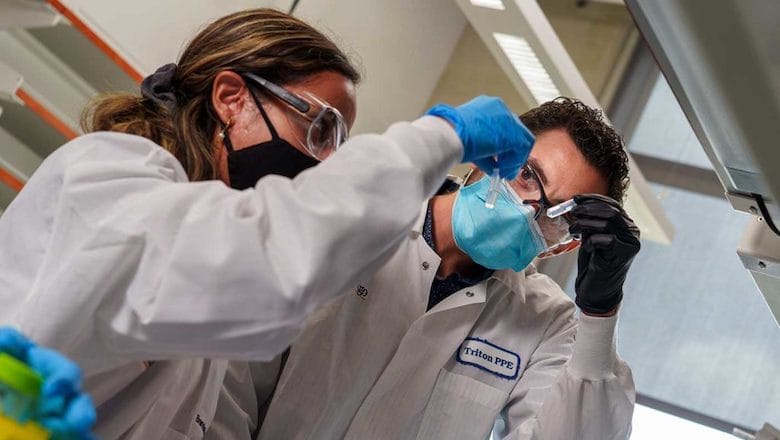
Introduction
In the competitive world of construction, success often depends on efficiency, cost control, and reliability. For most contractors, workwear and PPE (Personal Protective Equipment) are simply operational necessities — items to be purchased, used, and replaced.
But for Khalid, a Jordanian contractor from Amman, PPE became something more: an opportunity.
What started as a practical move to buy safety clothing for his own construction crews eventually transformed into a thriving independent workwear brand supplying multiple construction companies across Jordan and neighboring countries.
This is the story of how one man turned a purchasing need into a brand, and a brand into a profitable business — proving that in the PPE industry, branding isn’t just about logos; it’s about vision, consistency, and trust.
1. The Starting Point: A Contractor with a Simple Need
1.1 The Challenge of Equipping Construction Crews
Khalid had been running a mid-sized construction company in Jordan for over a decade. His company handled infrastructure, housing, and road projects around Amman and Zarqa.
Like most contractors, he bought PPE — helmets, vests, boots, and coveralls — from local distributors. Every project required hundreds of sets, often customized with his company’s logo.
But year after year, he faced the same issues:
- Inconsistent quality: Helmets would crack after a few weeks, reflective vests would fade, and stitching on coveralls came undone easily.
- Unreliable delivery: Local distributors often imported in small quantities and ran out of stock.
- High costs: Each new project required bulk purchases, eating into profit margins.
“We were spending tens of thousands of dinars on PPE every year,” Khalid recalled.
“And still, the quality didn’t match what we needed.”
He realized something fundamental: if his own construction company struggled to find durable and affordable PPE, other contractors must face the same problem.
1.2 The Spark of Inspiration
In 2019, while visiting a construction expo in Dubai, Khalid noticed a booth from a Chinese manufacturer displaying customized workwear with printed logos. The quality looked good, and prices were less than half of what he paid in Jordan.
He began to wonder:
“What if I import directly from a factory, put my own brand on the clothing, and not only save money for my company — but also sell to others?”
That idea became the seed of his new venture.
2. The First Step: Importing for His Own Sites
2.1 Searching for the Right Supplier
Khalid started cautiously. He contacted several factories in China specializing in industrial uniforms and PPE. Some offered OEM services — meaning they could add custom logos, labels, and tags for a minimum order quantity (MOQ) of around 500 sets.
He compared:
- Fabric quality (poly-cotton blends, GSM, shrink resistance)
- Stitching strength
- Reflective tape quality
- Turnaround time and price per unit
Eventually, he found a manufacturer in Shandong Province with ISO 9001 certification and export experience to the Middle East.
They offered him a test batch of 500 coveralls and 300 reflective vests with his company logo embroidered on the chest pocket.
The total cost, including shipping and customs, was 30% cheaper than buying from local suppliers.
2.2 Testing the Products on His Own Team
Khalid distributed the gear to his construction crews. The response was overwhelmingly positive:
- Workers said the uniforms were more comfortable.
- Supervisors appreciated the durability.
- The branding looked professional and consistent.
Soon, other contractors visiting his sites noticed the uniforms. Some even asked:
“Where did you get these? Can we order the same ones with our own logo?”
That was the moment Khalid realized he wasn’t just solving his own problem — he had discovered a market gap.
3. The Turning Point: From Buyer to Brand Builder
3.1 The Decision to Build a Brand
In 2020, Khalid registered a new business entity:
“SafeBuild Workwear.”
The name combined two concepts — safety and construction — perfectly reflecting his target market.
He invested in:
- A professional logo and brand identity
- Packaging with the SafeBuild label
- A simple website and social media pages
His plan was straightforward:
Use his connections in the construction industry to sell customized, high-quality workwear under his own brand.
3.2 Establishing a Supply Chain
Khalid knew consistency would make or break his new venture. He worked closely with his Chinese supplier to:
- Standardize fabric weights and colors (navy blue, khaki, orange)
- Approve final samples before bulk orders
- Negotiate fixed annual pricing
- Ensure on-time delivery
He also began diversifying suppliers — adding one factory in Guangdong for safety boots and another in Hebei for gloves and helmets.
This multi-supplier network reduced risks and improved product range.
3.3 Marketing Through the Construction Network
Rather than expensive ads, Khalid used word-of-mouth marketing within the construction community.
He visited project managers, engineers, and procurement officers he already knew, bringing sample sets of SafeBuild products.
His pitch was simple:
“You’re already buying PPE. Why not buy from someone who understands your work — and can customize for your needs?”
The strategy worked.
Within six months, three mid-sized contractors placed bulk orders totaling over $40,000.
Khalid’s brand was now officially in business.
4. The Challenges: Branding in a Price-Driven Market
4.1 Competing with Cheaper Imports
As SafeBuild grew, Khalid encountered the classic challenge of every emerging brand: price competition.
Some traders imported cheaper, uncertified PPE from low-quality factories. They could undercut his prices by 20–30%, attracting budget-conscious buyers.
But Khalid refused to compromise.
He positioned SafeBuild as a “mid-tier professional brand” — not the cheapest, but reliable and compliant. His messaging focused on:
- Durability over short-term savings
- Certified materials and safety compliance
- Long-term value for construction teams
This clarity helped him retain serious customers — especially those supplying government and corporate projects that required certified PPE.
4.2 Learning About Certification and Standards
To strengthen credibility, Khalid learned about PPE standards:
- EN ISO 20471: High-visibility clothing
- EN 343: Protective clothing against rain
- EN ISO 11612: Flame-resistant workwear
- CE Marking: European conformity
He started asking factories to provide CE certificates and test reports for all products. He even hired a consultant in Dubai to audit certificates and confirm compliance.
This investment in knowledge paid off.
SafeBuild began to win tenders where documentation and quality assurance were mandatory.
5. Expansion: From Local Contractor to Regional Supplier
5.1 Supplying Other Companies
By 2021, SafeBuild’s business model had shifted completely. Khalid’s construction company was no longer the main buyer — instead, other contractors became his primary clients.
He began supplying:
- Construction firms in Amman, Irbid, and Aqaba
- Oil & gas maintenance companies
- Industrial warehouses and logistics firms
SafeBuild offered custom branding services, allowing clients to print or embroider their own logos. This became a huge differentiator.
5.2 Opening a Small Showroom
With growing orders, Khalid opened a small showroom and warehouse in Amman Industrial Area. The showroom displayed:
- Coveralls, jackets, and vests
- Safety shoes and gloves
- Helmets, goggles, and harnesses
Clients could walk in, check samples, and place orders directly.
This physical presence added legitimacy and boosted customer confidence.
5.3 Hiring a Small Sales Team
Khalid hired two sales reps — both former construction site supervisors — who understood PPE needs firsthand.
Their job was to visit job sites, talk to foremen, and take bulk orders. They used WhatsApp and tablets to show catalogs and record client requirements.
This field-driven sales model turned out to be perfect for the B2B PPE market.
6. Transformation: Branding Multiplied the Profits
6.1 Building Perceived Value
By 2023, SafeBuild wasn’t just another supplier — it was a brand contractors trusted.
The logo became a mark of reliability. Many customers even requested “SafeBuild” uniforms by name, regardless of the price difference.
Khalid noticed a dramatic effect:
Even though his manufacturing costs remained similar, his selling prices increased by 40–50% thanks to branding and packaging.
He was no longer competing purely on price. He was selling value and image.
6.2 Exporting to Neighboring Markets
Encouraged by success in Jordan, Khalid started exporting to nearby countries — particularly Saudi Arabia, Iraq, and Palestine.
He leveraged his contacts in the regional construction sector and partnered with small distributors abroad.
To adapt to local needs, he:
- Offered bilingual packaging (Arabic/English)
- Created catalogs in local currencies
- Added desert-resistant, lightweight fabrics for hot climates
Exports soon accounted for 30% of his total revenue.
7. Results: From a Site Contractor to a Brand Owner
By 2025, Khalid’s transformation was complete.
SafeBuild became one of Jordan’s most recognized PPE and workwear brands.
Key Results:
- 12 corporate clients under annual supply contracts
- Distribution network covering 4 countries
- Annual revenue exceeding $2.5 million
- Exclusive partnerships with three certified factories in China
- Warehouse and team of 12 employees in Amman
Khalid still managed his construction company, but his true passion shifted toward expanding the SafeBuild brand.
“In construction, every project ends,” he said.
“But a brand keeps growing. It works for you even when you’re not on site.”
8. Lessons Learned
8.1 Branding Is Not Just for Big Companies
Even small or medium contractors can build a brand by being consistent with quality, design, and communication.
8.2 Understand Your Market’s Pain Points
Khalid succeeded because he solved a real problem — unreliable PPE supply — that many others ignored.
8.3 Partner with the Right Factories
Verified, compliant, and communicative manufacturers are essential for long-term success.
8.4 Start Small but Think Big
Khalid’s first test order was only 500 sets. That small step opened the door to an entirely new business.
8.5 Branding = Profit Multiplier
A branded product doesn’t just sell better — it sells for more. Perceived value allows higher margins.
9. Practical Guide: Steps to Build Your Own Workwear Brand
| Step | Action | Purpose |
|---|---|---|
| 1 | Identify your target buyers (contractors, factories, etc.) | Focus your efforts |
| 2 | Find verified OEM factories | Ensure product reliability |
| 3 | Request samples and test on-site | Validate comfort and durability |
| 4 | Design logo, labels, and packaging | Build a unique identity |
| 5 | Place small trial orders | Reduce risk while learning |
| 6 | Use your own projects as a showcase | Demonstrate credibility |
| 7 | Collect testimonials and photos | Build social proof |
| 8 | Expand into distribution | Turn demand into revenue |
| 9 | Secure consistent supply chain | Maintain reputation |
| 10 | Explore regional exports | Scale profitably |
10. Conclusion: From Construction Site to Brand Success
Khalid’s story is more than an entrepreneurial case — it’s a roadmap for contractors and traders in developing markets.
He didn’t invent a new product. He simply recognized inefficiency in his own supply chain and turned it into a business opportunity.
By combining industry insight, supplier partnerships, and brand strategy, he built a profitable enterprise that serves others in his sector.
His journey shows that:
- Branding creates loyalty.
- Consistency builds trust.
- Trust brings sustainable profit.
And most importantly:
A construction project ends, but a brand endures.
Appendix: SafeBuild’s Product Range (2025)
| Category | Products | Special Features |
|---|---|---|
| Workwear | Coveralls, Jackets, Pants | Flame-retardant, Reflective, Durable stitching |
| PPE | Helmets, Gloves, Safety Glasses | CE Certified, ergonomic designs |
| Footwear | Safety Boots, Shoes | Steel toe, slip-resistant |
| Custom Branding | Embroidery, Printing | Low MOQ, quick turnaround |
| High-Visibility Gear | Reflective Vests, Rainwear | EN ISO 20471 compliant |
Final Inspiration
When asked what advice he would give other contractors, Khalid said:
“If you buy something often enough, maybe you should own the supply.
And if you own the supply, make it a brand.”
His transformation from a construction buyer to a regional PPE brand owner proves that the biggest opportunities often come from solving your own problems.
SafeBuild began as a necessity — it became a business — and now stands as an example that branding is not just design, it’s destiny.
Email: [email protected]
🌐 Website: www.workwearsolutions.net
Zion Zhang
Recent Posts
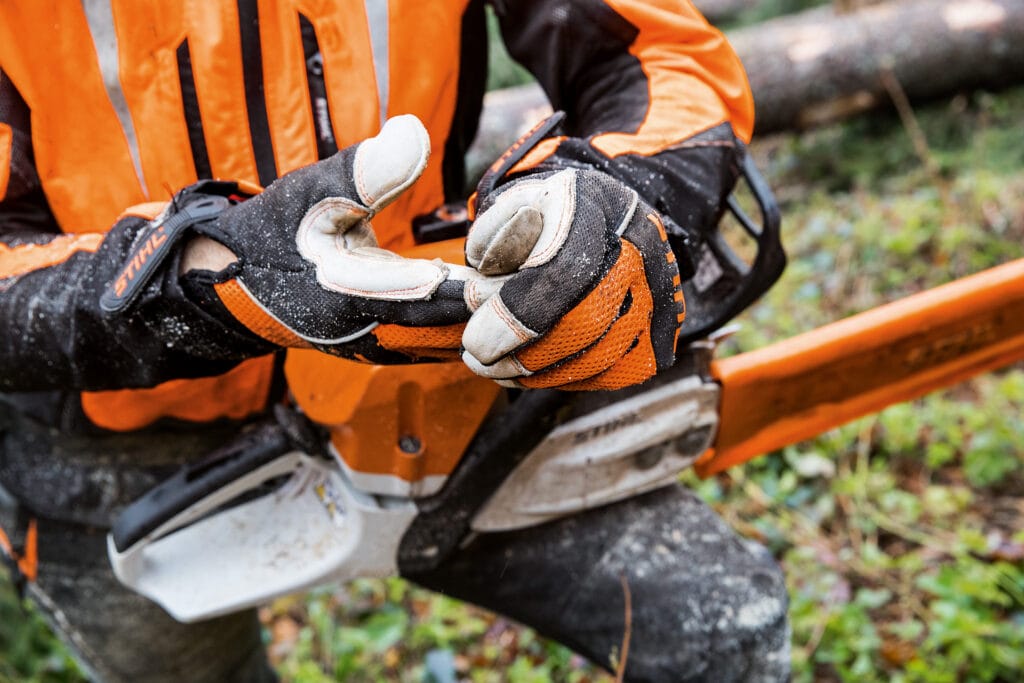 How a Kazakhstani Trader Won a Government Contract for Mining Workwear2025年10月30日In Kazakhstan’s booming mining industry, one small trader […]
How a Kazakhstani Trader Won a Government Contract for Mining Workwear2025年10月30日In Kazakhstan’s booming mining industry, one small trader […]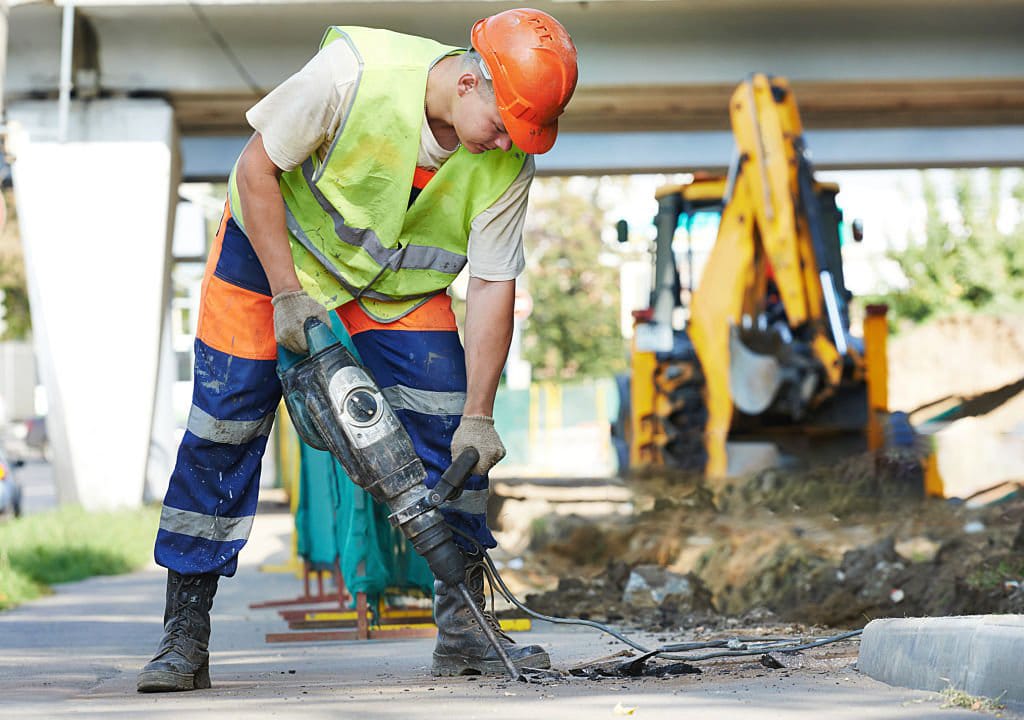 A South African Retailer’s Journey from Importing Shoes to Supplying Full PPE Kits2025年10月30日In South Africa’s rapidly growing industrial supply market, […]
A South African Retailer’s Journey from Importing Shoes to Supplying Full PPE Kits2025年10月30日In South Africa’s rapidly growing industrial supply market, […]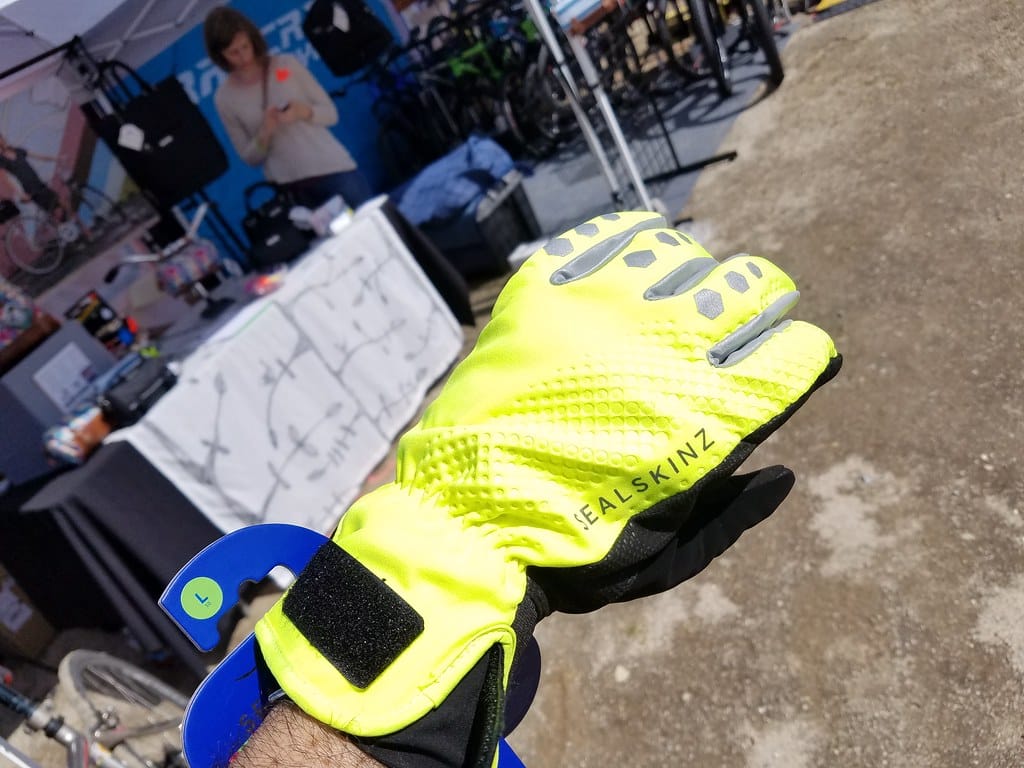 The Nigerian Agent Who Lost $50,000 on Fake Certificates — Then Came Back Stronger2025年10月20日Introduction In the global trade of PPE and industrial […]
The Nigerian Agent Who Lost $50,000 on Fake Certificates — Then Came Back Stronger2025年10月20日Introduction In the global trade of PPE and industrial […]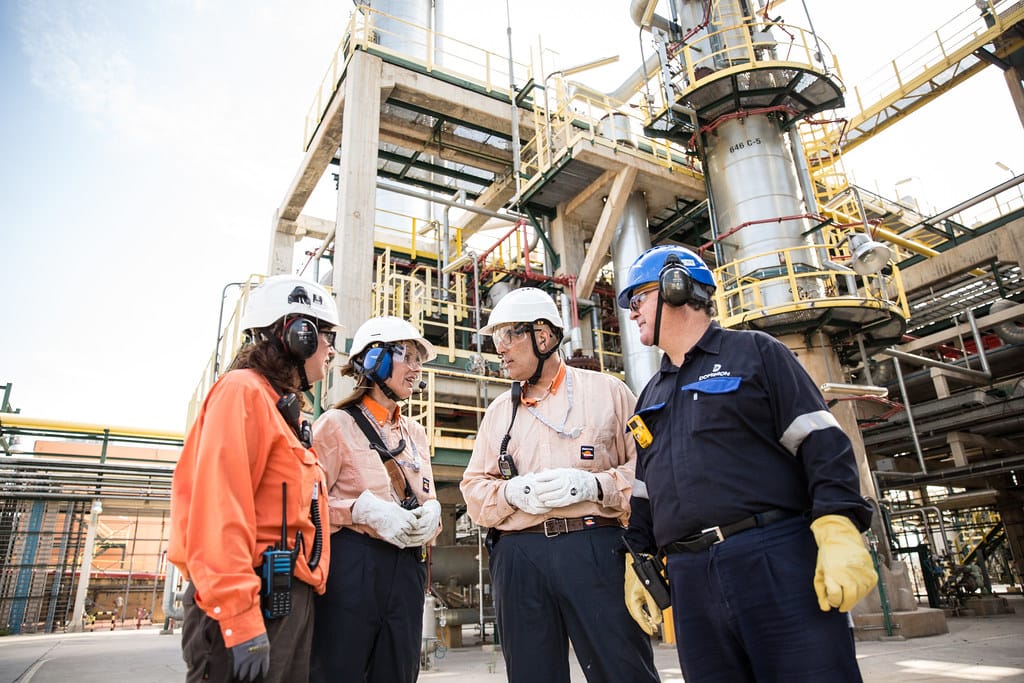 How a Brazilian Trader Used $5,000 to Break into the PPE Market2025年10月20日Introduction In a world where industrial safety and […]
How a Brazilian Trader Used $5,000 to Break into the PPE Market2025年10月20日Introduction In a world where industrial safety and […] From First Order to Market Leader: A Ghana Distributor’s 3-Year Journey2025年10月20日In the fast-growing African PPE and workwear market, small […]
From First Order to Market Leader: A Ghana Distributor’s 3-Year Journey2025年10月20日In the fast-growing African PPE and workwear market, small […]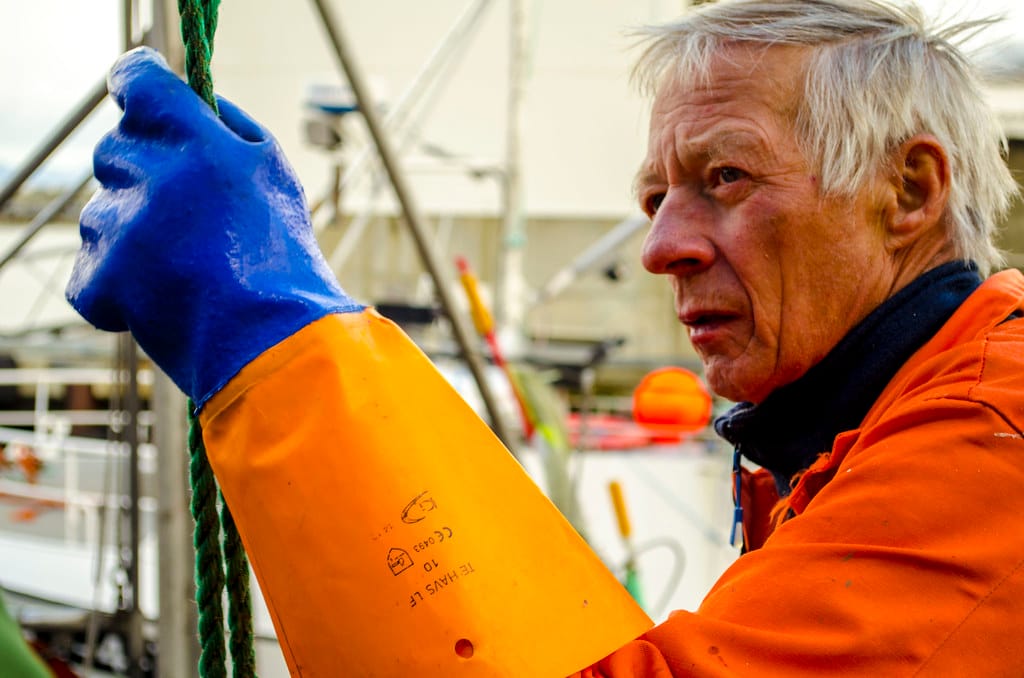 Scaling Your Workwear Brand: From Local Agent to Regional Distributor2025年10月15日In the workwear and PPE industry, many businesses start […]
Scaling Your Workwear Brand: From Local Agent to Regional Distributor2025年10月15日In the workwear and PPE industry, many businesses start […]
CONTACT US
- Feel free to contact us any time. We will get back to you as soon as we can!
- +86-17303331701
